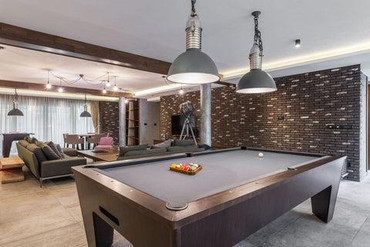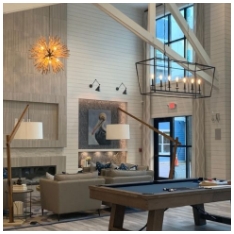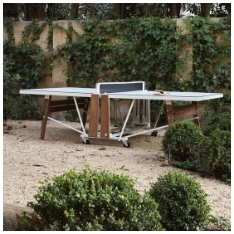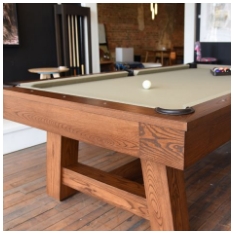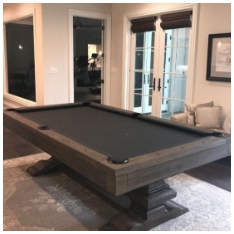When it comes to setting up a proper billiards room, ensuring the correct dimensions of your pool table is essential. While many focus on table length and width, the height of the table plays a significant role in gameplay quality. So, what is the regulation height of a pool table? This article explains the standard pool table height, its purpose, and why it matters for both casual and competitive players.
Standard Dimensions of a Regulation Pool Table
Before diving into the height specifics, it’s useful to review the full range of regulation measurements for pool tables. For tables used in professional tournaments or commercial venues, regulation dimensions are typically set by organizations like the Billiard Congress of America (BCA) and the World Pool-Billiard Association (WPA).
Regulation Size Options
Regulation pool tables come in different sizes, but two are most common:
- 8-foot tables (88 inches x 44 inches playing surface) – Often found in home settings.
- 9-foot tables (100 inches x 50 inches playing surface) – Standard for professional competitions.
These measurements refer to the playing surface, not the table’s outer frame.
What Is the Regulation Height of a Pool Table?
Now to the core question: what is the regulation height of a pool table? According to WPA and BCA guidelines, the regulation height ranges from 29.25 inches to 31 inches, measured from the floor to the top of the playing surface (excluding rails).

Why the Height Range Matters
The 1.75-inch variation accounts for differences in floor level and leg adjustment. Manufacturers build some flexibility into the legs to accommodate various environments, especially in venues with uneven flooring.
Consistent table height ensures players can maintain a stable and comfortable stance, regardless of the game location.
The Role of Table Height in Gameplay
Height affects much more than just table appearance. It directly impacts how players move, aim, and strike the cue ball. For professional players, even a small change in table height can influence shot alignment and body mechanics.
Ergonomics and Cue Control
If the table is too low, players may have to crouch or bend more than necessary, leading to discomfort or misalignment. On the other hand, a higher table can make it difficult to execute shots near the center or opposite rails, especially for shorter players.
Standardizing the height ensures that professional and recreational players alike can rely on muscle memory and consistent body positioning during gameplay.
Measuring Pool Table Height Accurately
To confirm that your table meets regulation standards, measure from the floor to the top of the playing cloth, not the rail or cushion. Use a measuring tape and ensure the table is placed on a level surface before taking measurements.
Adjustable Legs
Many commercial and high-end pool tables include adjustable leg systems. These allow fine-tuning of the table height to meet the 29.25 to 31-inch requirement. Make adjustments gradually and test stability after each change.
Leveling Tools
In addition to height, tables should be perfectly level for consistent play. A standard spirit level or specialized pool table leveling tool can help ensure the surface is even across all areas.
Choosing the Right Pool Table for Your Space
When shopping for a table, don't just consider length and width. Knowing what is the regulation height of a pool table ensures you purchase a model that provides the correct stance and comfort during play.
Home vs. Professional Use
- Home tables may vary slightly in height, especially budget models or multipurpose furniture-style tables. Still, it's best to stay within regulation range for a proper playing experience.
- Tournament or commercial tables almost always adhere to regulation dimensions to accommodate league and competition standards.
Additional Considerations for Setup
Proper pool table setup goes beyond the table itself. If you’re aiming for regulation standards, keep these additional elements in mind:
Cue Clearance
Allow at least 5 feet of clearance around the table on all sides. This ensures full cue movement without obstruction from walls or furniture.
Flooring and Base
Ensure the floor beneath the table is stable and even. Soft carpeting may cause minor shifts or sinking, affecting both height and level.
Final Thoughts
To sum up, what is the regulation height of a pool table? It falls between 29.25 and 31 inches, measured from the floor to the playing surface. This measurement ensures ergonomic consistency and optimal gameplay. Whether you’re setting up a home game room or outfitting a commercial venue, maintaining regulation height supports a comfortable, competitive, and fair playing environment.
By understanding and applying these standards, you help preserve the integrity of the game—and improve your own playing experience.
